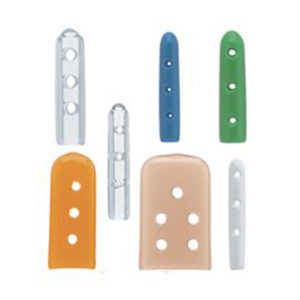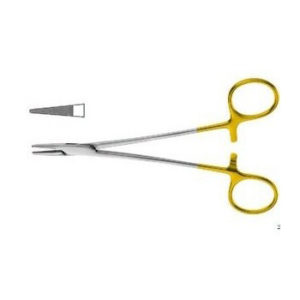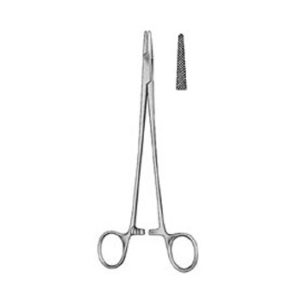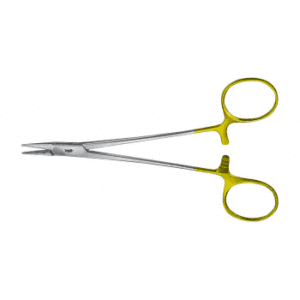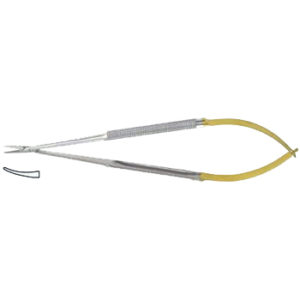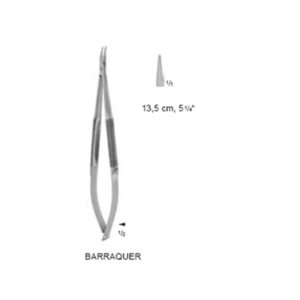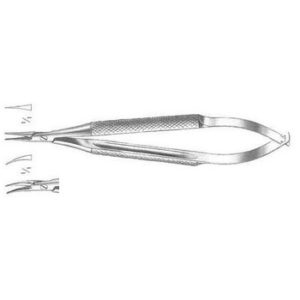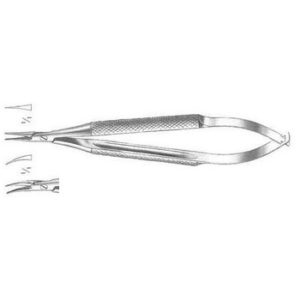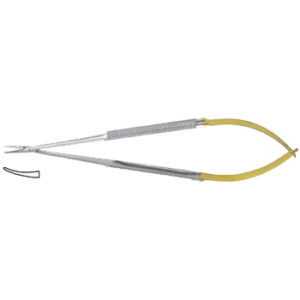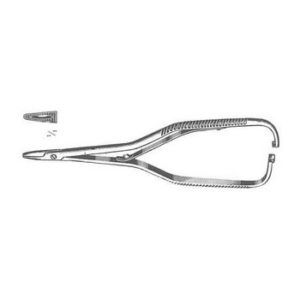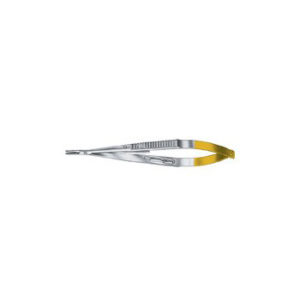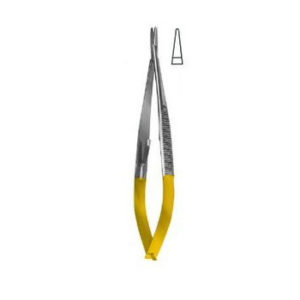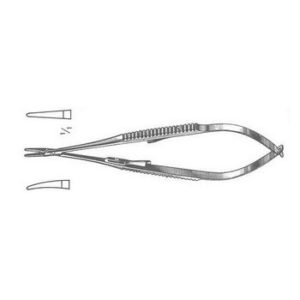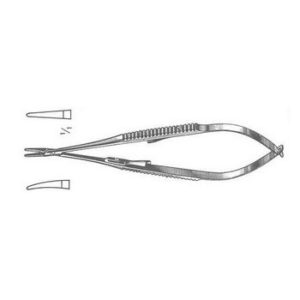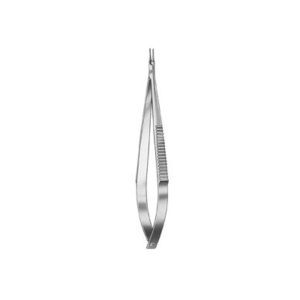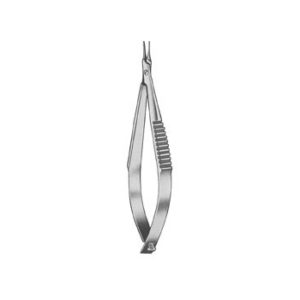Surgical needle drivers
Essential tools for surgical procedures
Surgical needle drivers, also known as needle drivers or needle forceps, are specialized surgical instruments used by physicians and surgeons to hold and manipulate suture needles during wound healing, ligation, and other surgical procedures that require reconnection of tissue. These instruments are indispensable to ensure precision and control during suturing, contributing to patient safety and improved surgical outcomes.
Types of needle driver
There are several types of needle drivers that differ in size, shape and functionality, adapted to different surgical needs:
- Mayo-Hegar Needle Driver: These have a scissor-like design and are often used in general surgery. They are longer and heavier, making them ideal for holding larger needles and sutures.
- Olsen-Hegar Needle Driver: A combination of needle driver and scissors in a single instrument. This allows the suture thread to be cut without having to change instruments.
- Mathieu Needle Driver: Has a narrower design and is used in more delicate operations such as ophthalmology and plastic surgery. Its locking mechanism allows precise control of the needle position.
- Adson Needle Feeders: These have 7-inch fenestrated jaws that offer a firm grip on the suture needles and reduce the risk of slippage.
- Castroviejo Needle Driver: Ideal for use in microsurgery with Tungsten Carbide inserts in the jaws. These are available in different variations to give surgeons multiple options.
- Cooley Needle Driver: Features Tungsten Carbide inserts for increased longevity and is used to hold and move suture needles and drivers during wound healing.
- Derf needle driver: Used to hold the needles firmly and used in many surgical procedures, such as ophthalmic and plastic surgery. They have short, serrated jaws and a unique design.
Features and benefits
Needle drivers are equipped with various features to increase efficiency and safety during surgical procedures:
- Compared to Tungsten Carbide: Some needle drivers have jaws reinforced with Tungsten Carbide inserts for increased precision and control during surgery.
- Locking mechanism: Most needle drivers have a locking mechanism that holds the handles together and clamps the needle between the jaws, allowing maneuvering of the needle through different tissues without having to continuously squeeze the grip.
- Design: The design of the needle driver, including the shape of the jaws (straight or curved) and texture, as well as the shape of the handles, is customized for specific surgical needs and preferences.
Conclusion
The right type of needle driver is essential to achieve optimal results during surgical procedures. Each type offers unique characteristics that meet the specific requirements of different surgical specialties. By understanding the different types of needle drivers and their uses, surgeons can improve patient outcomes by ensuring precision and efficiency during suturing and tissue repair.
Showing 1-16 of 130 results
Instrument covers
Log in for prices
This product has several variants. The different options can be selected on the product page
